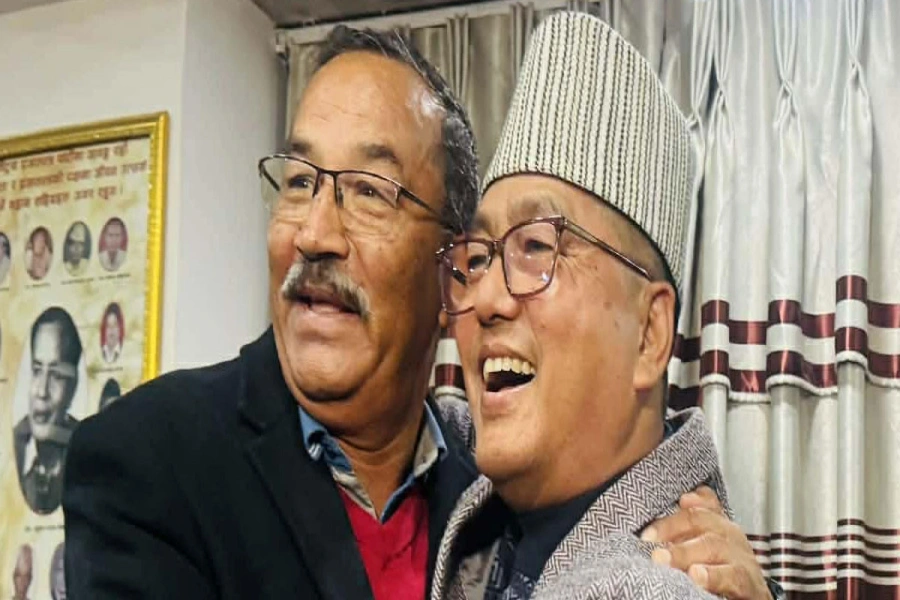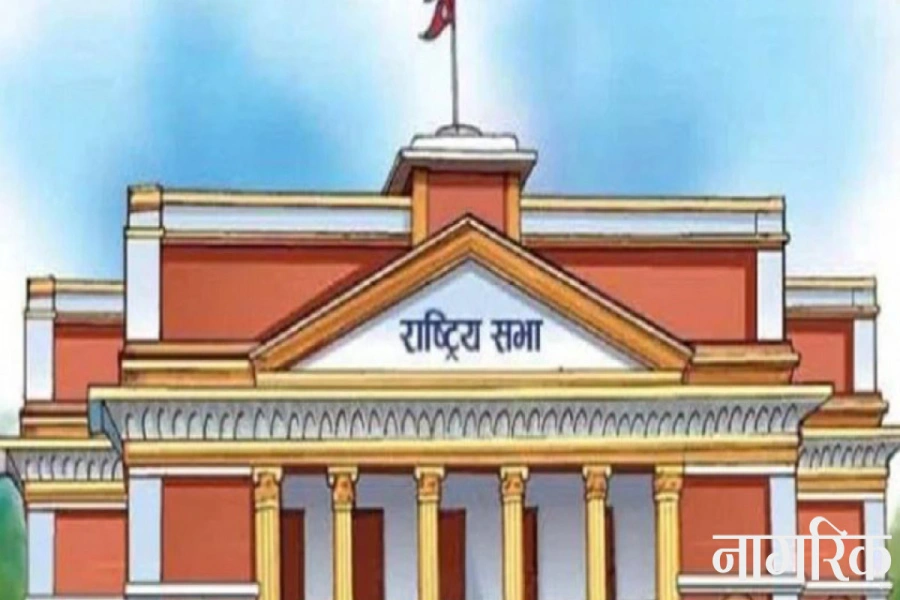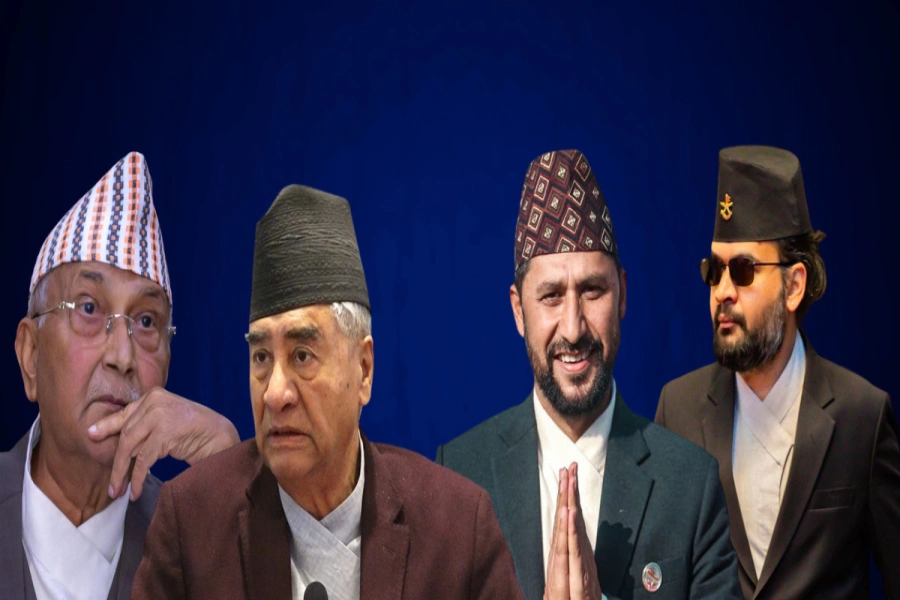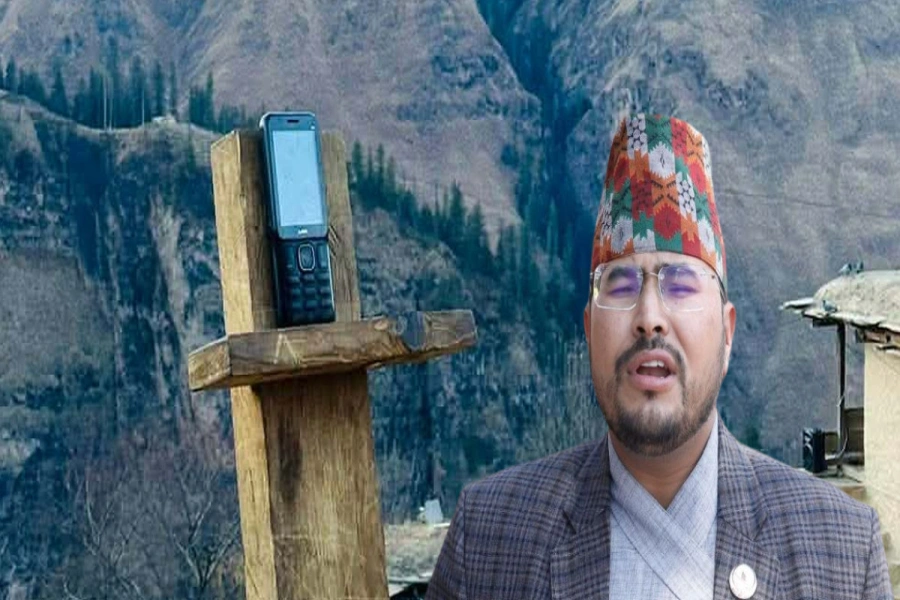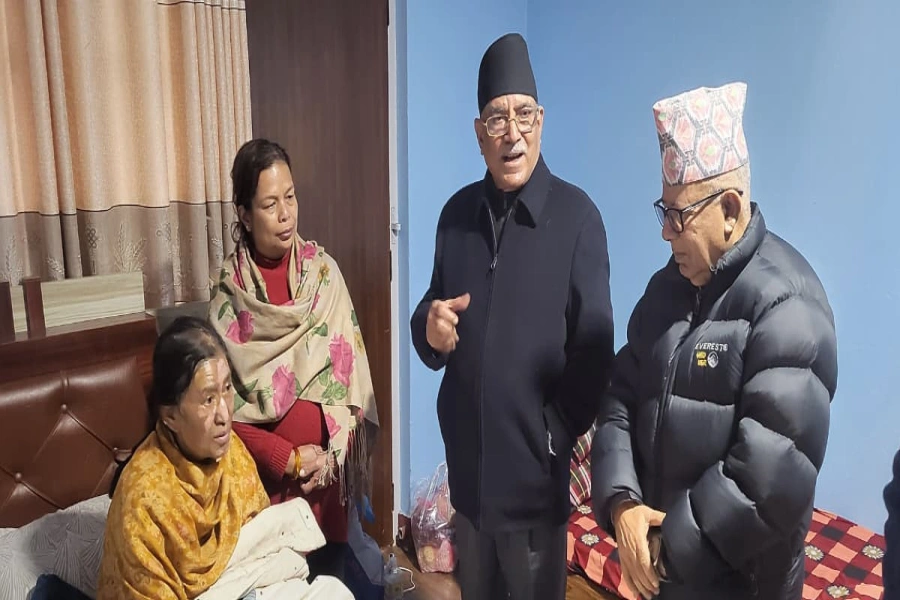KATHMANDU, Sept 18: Have you ever wondered how to solve a Rubik’s Cube? Most of us have seen the Rubik’s Cube and given a shot or two at solving it. Some of us have left it unsolved and frustrated while others have been intrigued and determined to solve it.
Rubik’s Cube was invented in 1974 by Hungarian sculptor and professor of architecture Ernő Rubik. It took one month for the inventor himself to solve the cube. Originally called ‘Magic Cube’, people were interested in this 3D puzzle right after it was released in the world market in the early 1980s.
Eventually, Rubik’s Cube became one of the bestselling toys in the world.
The World Cube Association was started in 2004 for regulating and conducting thousands of Rubik’s Cube competitions and similar puzzles around the world. But, it took a long time for cubing to be established as a sport in Nepal. Better late than never, cubing in Nepal started to take a turn after a Facebook group was started in 2013 by a group of enthusiastic cubers. About 20 cubers were present in the beginning.
For two years, it was a hard struggle to organize a competition because of the lack of resources and manpower. Cubing was not well-known to many people. Even for those who had a grip on cubing, a Rubik’s Cube competition was something out of the box.
But the hard work and struggle paid off and for the first time in Nepal, an official cubing competition called Nepal Open 2016 was organized on January 16, 2016 in the presence of delegate Ming Zheng from China.
As many as 30 cubers participated in the competition as it became a platform for the cubers to connect with other fellow cubers.
After the first competition, Nepal Cube Association (NCA) was officially formed with the motto ‘Uniting The Nation Through Cubing’ and Anup Adhikari as the president.
Cool mocktail recipes to cool down your summer

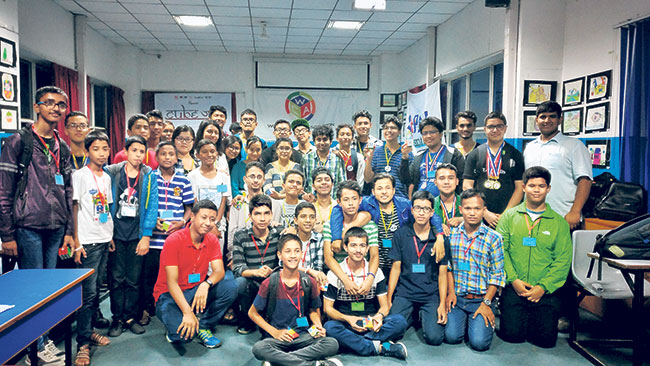 “We still have a long way to go, but I want cubing to be something that can earn cubers a global recognition or just take it to such a level that they can make a living out of it like footballers and other famous sports persons,” Anup said.
“We still have a long way to go, but I want cubing to be something that can earn cubers a global recognition or just take it to such a level that they can make a living out of it like footballers and other famous sports persons,” Anup said.
The number of cubers in Nepal has tremendously increased. The Nepal Cube Association has grown from 20 members to more than 700 cubing enthusiasts. Three international competitions, four national open competitions, and one interschool competition have been organized so far.
“I want to tell the Nepali cubers to keep on cubing. Since we are now entering the top 20 countries in the world according to the World Cube Association, keeping up the spirit and participating in competitions regardless of your speed will be the best thing you can do as a cuber. Don’t miss out the opportunities to represent Nepal in the World Cube Association,” said Anup.
“The scope and trend of cubing has changed a lot in Nepal. It has been a big improvement since we had 30 competitors in the first competition and we had 86 in the recent one,” Anup added.
The recent competition, Cube Jatra 2017 was held on August 12 and had various events: 2*2, 3*3, 4*4, Pyraminx, Skewb and 3*3 One-Handed. People from all over the valley and some from outside the valley had participated in the competition. The 10 seconds barrier Rubik’s Cube was broken by Surav Shrestha with his national record solve of 9.30 seconds.
“At first, I was shocked to see one of my friends solve the cube in about a minute. That was the first time I had seen someone solve a Rubik’s cube that fast. That was my first inspiration. So, I slowly learned it and became faster. And after that, there was no stopping for my passion towards cubing,” said Surav Shrestha, national record holder for Rubik’s Cube.
“Never give up on the things you love to do. Believe in yourself and don’t lose hope,” said Surav to all Nepali cubers.
Some general misconceptions about Rubik's Cube
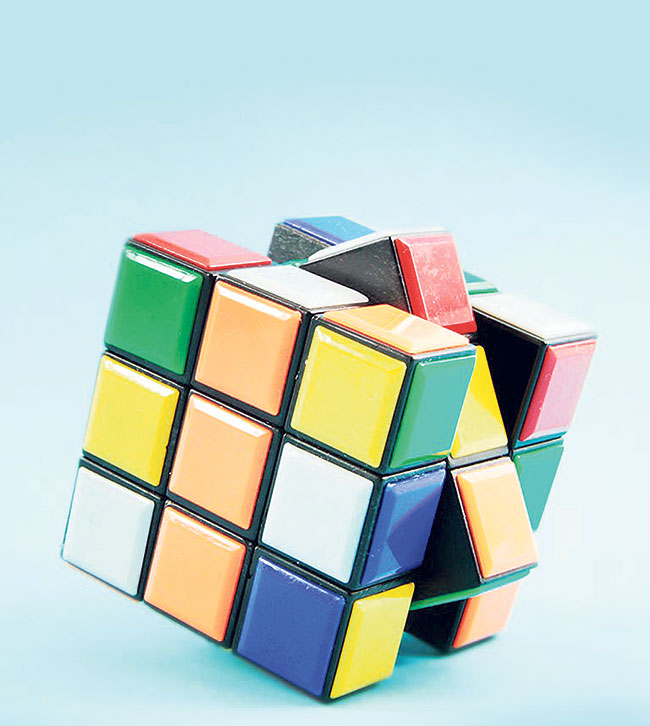 You Need to Be Good in Maths
You Need to Be Good in Maths
People generally connect solving a Rubik’s cube with being good at Math. It is mainly because they see lots of scrambled colors in the cube and connect it with the jumbled numbers in Math. But this is not true. Anyone who has ever tried to solve a Rubik's cube can do it if they are willing to dedicate some of their time learning the way to solve it.
Rubik's Cube is for Children
A lot is adults try to solve the cube and when they find that it's impossible to solve all the sides, they give up. While children, in comparison to their parents, are creative and curious. So, they learn and practice until they finally find a solution. When parents witness that their kids have solved something they couldn't, they simply say, "Rubik's Cube is for Children." But Rubik's Cube is for everyone who is intrigued and is craving to solve it.
You Need Sharp Memory Power
Solving a Rubik’s Cube has nothing to do with memory power except when it is solved blind-folded. It depends upon how strong your muscle memory is which can be only strengthened by practice. So, no one is naturally good at it but depends upon the time you spend solving it.
Rubik's Cube is Impossible to Solve in Seconds
The official world record time of solving a Rubik’s Cube is 4.73 seconds by Feliks Zemdegs. It might come as a shock to the non-cubers and may find it hard to believe. But, these speed cubers have practiced for years and cubing is their lifestyle. While it may be harder to digest the fact, Rubik’s cube is solved in under 20 seconds by thousands of speed cubers in the world and by almost 30 speed cubers in Nepal.
Not Anybody Can Solve a Rubik's Cube
If you have will, you will always find a way. Cubing is like any game or sport. You play more with it, you get better at it. It's not that hard for those who are willing to give their time and effort. So, all you need is patience and practice.





